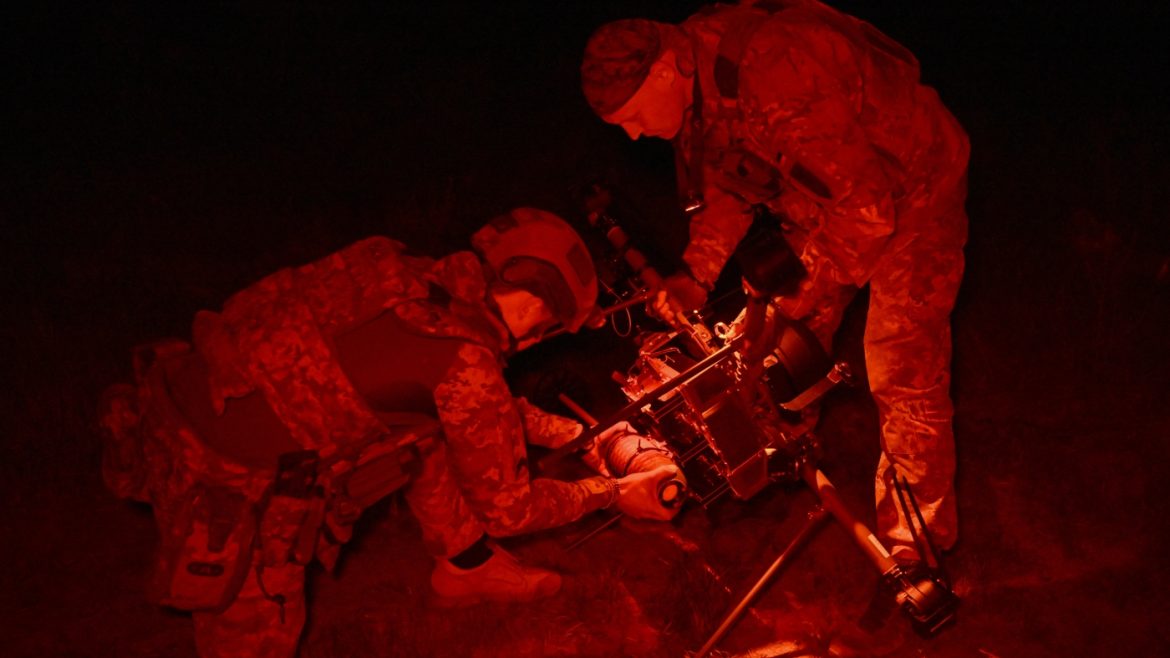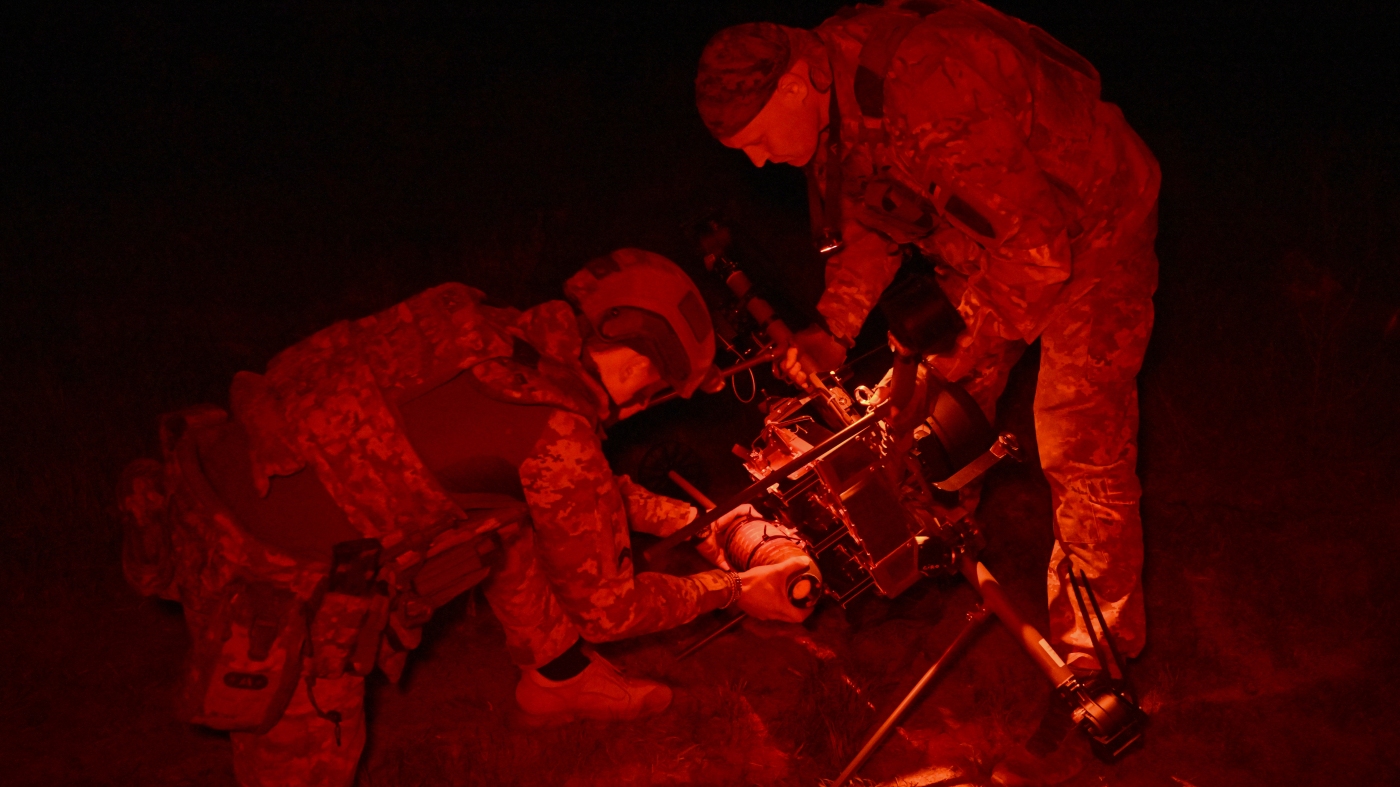Ukraine’s recent drone operations represent a revolutionary shift in modern warfare, marking a sophisticated blend of ingenuity, audacity, and technological adaptation that has dramatically altered the dynamics on the Eastern European battlefield.
Innovation in Drone Warfare: The Dawn of Unprecedented Tactics
Traditionally, drones in conflict zones have been deployed as surveillance tools or for targeted strikes. Ukraine’s approach, however, transcends these limited roles by orchestrating wide-ranging, surprise attacks using swarms of small, inexpensive drones modified from commercial designs. These drones were cleverly concealed within trucks and wooden sheds positioned near Russian airbases deep inside Russia, enabling stealth and proximity critical for mission success. This containerized deployment strategy constitutes a major tactical evolution, shifting drone warfare from experimental concept to operational reality.
Operation “Spiderweb”: A Case Study in Strategic Impact
The crowning example of Ukraine’s drone prowess is Operation Spiderweb, carried out on June 1. Over 100 drones, including some capable of long-range flight exceeding 1,100 miles, simultaneously attacked multiple strategic bomber bases, including those housing nuclear-capable aircraft such as Tu-95 and Tu-22M bombers. The scale was without precedent; a reported 117 drones took part, inflicting estimated damages amounting to billions of dollars and destroying key asset concentrations. Satellite images confirmed significant losses, indicating a severe blow to Russia’s long-range strike capabilities.
This operation was the product of 18 months of meticulous planning, including intensive intelligence gathering and technical development. Ukraine’s use of AI-enhanced targeting in drones to identify and engage prime military assets marks a leap in asymmetric warfare, enabling precision strikes far into enemy territory without risking manned aircraft or personnel.
Tactical and Strategic Advantages
The Ukrainian drone campaign exposes vulnerabilities in traditional airbase defenses, even against sophisticated military adversaries. The tactics underscore how cost-effective, low-tech drones can neutralize high-value and heavily guarded assets, effectively leveling the playing field against a militarily superior foe. Ukrainian drones modified from racing and consumer models demonstrate that the technological barrier to impactful force projection is lowering, enabling smaller nations to punch above their weight.
Moreover, Ukraine’s drones have opened new operational theaters inside Russia, with incursions reaching as far as Siberia and deep into previously secure rear areas. This expansion complicates Russian defensive calculations, risks dispersal of their forces, and strains command and control by forcing attention to logistics and rear-area protection, not just frontline engagements.
Russia’s Response and the Evolving Drone Arms Race
In reaction to Ukraine’s advances, Russia has escalated its own drone deployments, launching hundreds of drone strikes against Ukrainian territory. This tit-for-tat expansion has led to the largest recorded drone engagements on both sides, further intensifying the war’s air dimension and underscoring drones’ growing importance as frontline weapons.
However, Russia’s attempts to build a drone army face tactical and operational challenges, as the innovation and adaptation seen in Ukrainian drone warfare often outpace conventional defense developments. Experts note that Ukraine’s drone makers are increasingly influencing global military technology firms, highlighting a shift where cutting-edge drone warfare is no longer the preserve of major Western powers alone.
Broader Implications for Modern Warfare
Ukraine’s drone attacks have significant ramifications beyond the current conflict. They signal a paradigm shift in how smaller, resource-constrained forces can wield power against larger militaries by exploiting low-cost, massed unmanned systems coupled with AI and networked operations. The success of containerized drone swarms enabling surprise, stealth, and precision in previously inaccessible zones may redefine airbase defense doctrines worldwide.
Operationally, this sets a precedent where traditional strategic bomber fleets, usually symbols of immense destructive power and deterrence, become vulnerable targets readily disrupted by swarm tactics. This challenges assumptions about airpower supremacy and calls for a reevaluation of asset protection, force projection, and conflict escalation strategies among major military powers.
Conclusion: A New Chapter in Asymmetric and Drone Warfare
Ukraine’s unprecedented drone campaigns demonstrate a remarkable fusion of creativity, strategic vision, and technological adaptation. By leveraging low-cost drones in massed, coordinated strikes against critical deep targets, Ukraine has not only inflicted tangible damage on Russia’s airpower but also rewritten the rules of asymmetric and drone warfare. The ripple effects challenge military thinkers and state actors globally to reconsider defense priorities and innovate rapidly to counter emergent unmanned threats. In the crucible of conflict, Ukraine’s drone warfare evolution has emerged as a pivotal factor shaping the future face of war.


